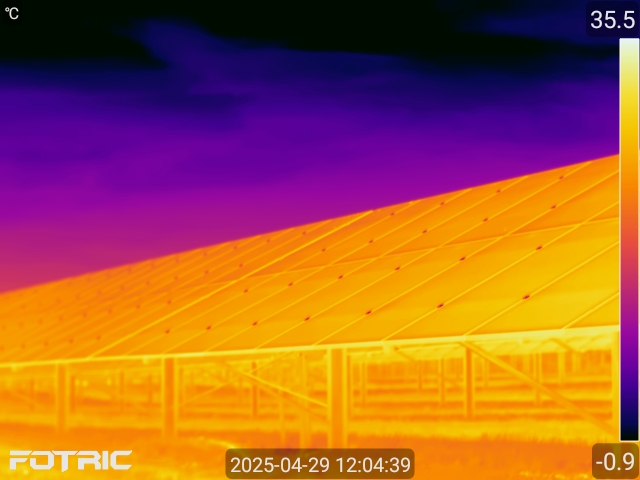Negative Findings Versus No Problems
Sponsored by:

Tip written by: Infraspection Institute
When documenting an infrared inspection with no detectable exceptions, thermographers should be aware that there is a big difference between reporting “no problems” versus “negative findings”.

Infrared inspections may be performed for a wide variety of reasons including condition assessment, quality assurance and predictive maintenance. In its simplest form, thermography detects, displays and records thermal images and temperatures across the surface of an object. In many cases, thermal anomalies are indicative of deficiencies, changes, or undesirable conditions within the object or system being inspected. Typically, such conditions are reported with a thermal image and a description of the anomaly.
Upon completing infrared inspections during which no anomalies are detected, thermographers will frequently report that the subject system has “no problems”. From a liability standpoint, this can increase a thermographer’s risk since there may exist problems that are simply not detectable by thermography. Most importantly, a proclamation of “no problems” may leave an end user with a false sense of security regarding the condition or integrity of the subject system.
Since it is not possible for thermography to detect all potential problems within a given system or object, it is advisable for a thermographer to report “negative findings” when no anomalies are detected. This statement is direct, to the point, and in accordance with terminology utilized in other types of scientific testing.
Although the difference between “no problems” and “negative findings” may seem small, the proper use of terminology can help to prevent costly and embarrassing misunderstandings.
Generating standards-compliant reports is one of the many topics covered in all Infraspection Institute Level I training courses. For more information on thermographer training, visit Infraspection.com or call us at 609-239-4788.

